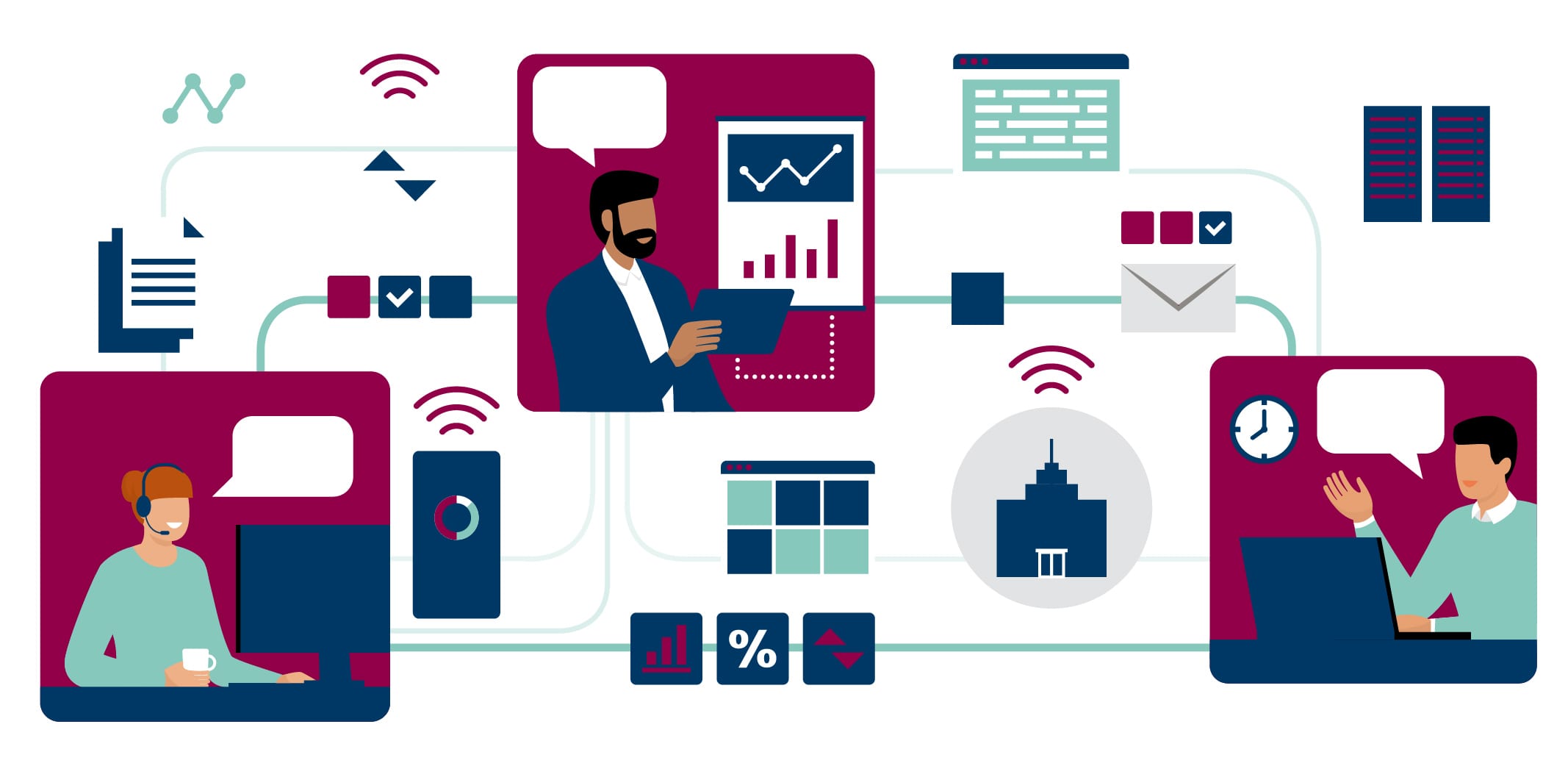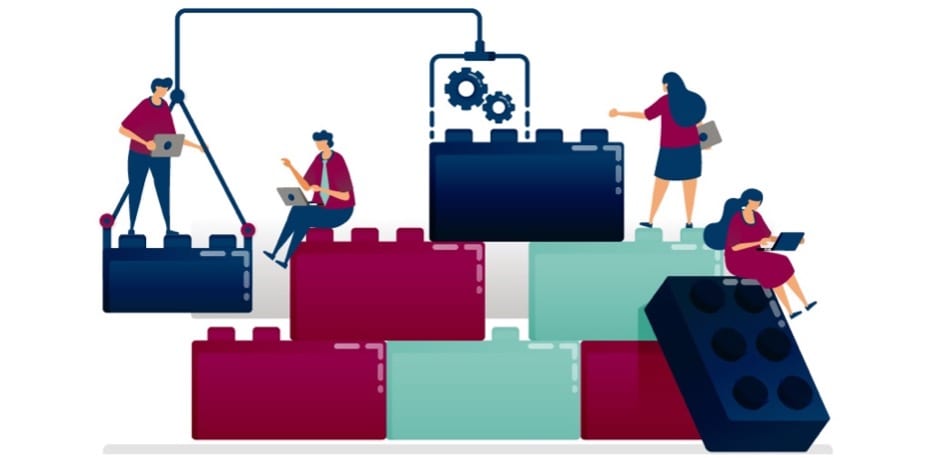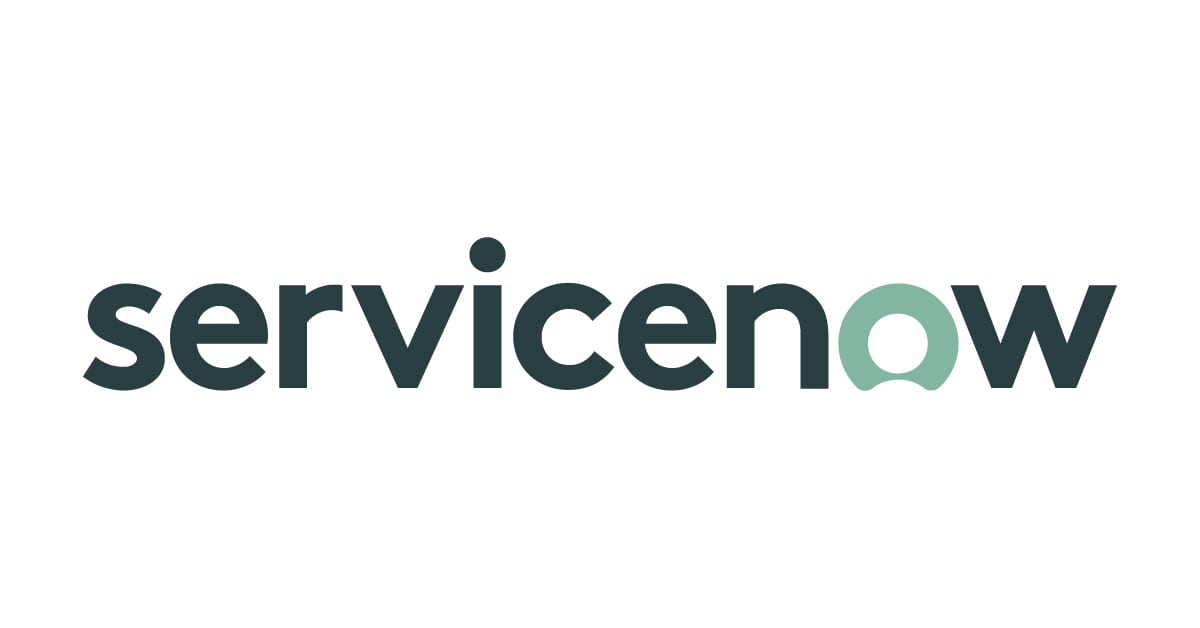Successful Digital Transformation Hinges on the CIO-CFO Relationship
Blog post
Share
Maximizing Technology Investments Across the Enterprise
In recent years, organizations have been challenged to not only survive in a volatile, rapidly changing environment but also quickly adapt and strategize to thrive in a new, digitally oriented global business ecosystem. As a result, C-Suite executives like the Chief Financial Officer (CFO) have returned to the forefront of the organization to provide strategic insights to help guide critical business decisions.
Another C-Suite role has also been at the forefront and plays a major role in preserving and equipping the organization for working in a digital era: the Chief Information Officer (CIO). Disruptions to traditional business models, heavy demands on IT teams, and new competitive market factors have redefined the priorities of the CIO role.
In fact, one of the biggest takeaways from COVID-19 for the CIO is that the pandemic has accelerated opportunities for the role to be seen as more than just a technology provider for the organization.

To drive organizational value, today’s CIO must enable the intersection of three important elements: people, process and technology. When the CIO focuses on this enablement, their role then aligns with common goals of the wider C-suite, particularly the CFO’s priorities — creating an opportunity for a unique, symbiotic CIO-CFO relationship.
Enabling People, Process and Technology Through A Strong CIO-CFO Relationship
In a business environment that demands digital centricity, a strong CIO-CFO relationship is critical. The two roles share common priorities of driving business continuity and market success, so their departments often intersect. Not only that, but a significant goal of both these C-Suite roles is to ensure that the overall company is efficient as well as agile. These two elements, efficiency and agility, set the organization up for long-term success, and the IT and finance departments are the key to incorporating these two qualities across the organization.
There are three areas where the CIO and CFO can work together to promote efficiency and agility to create value for the organization.
CIO-CFO Priority #1: Providing Data Analytics
In an age where enterprise CFOs make $1 billion decisions weekly, or even daily, there has never been greater risk associated with C-Suite decision-making. That’s why more CFOs are recognizing the importance of accurate, real-time data analytics in the finance department. 58% of finance leaders say they must grow their understanding of digital technologies in the area of data analytics.
This is where the CIO’s technology expertise becomes key to support major decision-making for CFOs. The CIO can work with the CFO to provide efficient and secure access to these business-critical data insights through reporting and visualization tools. Secure data integration procedures from various systems across the organization will allow the CFO to have a more complete picture of business operations, as well as market impacts and trends.
However, for data analytics technologies to properly support the organization, there must be confidence in the data’s accuracy. And to ensure data accuracy, CIOs and CFOs must examine the integrity of processes the data is subjected to, especially the financial reporting processes.
CIO-CFO Priority #2: Improving Finance Processes
Though the finance and IT departments should be symbiotically helping each other (and therefore, together supporting the entire organization), the Office of Finance’s outdated procedures can hinder the CIO’s innovation agenda. While IT is looking to become more efficient and agile in their own processes, finance continues to budget, fund and report with the same tools, processes and mindsets that they have for decades now.
In order to accomplish wider goals of business agility and efficiency, the CIO and CFO must first address the Office of Finance’s current procedures and processes. This means the two roles must evaluate the integrity and effectiveness of the tools the data is affected by in the close, which is usually spreadsheets and manual processes.
New tools and technologies are needed in the Office of Finance in order for the organization to survive and thrive in the digital landscape today. CIOs can provide their extensive knowledge of value-adding technologies such as automation and digital workflows to demonstrate how those technologies can integrate with their complex IT landscapes.

Unfortunately, 88% of spreadsheets contain errors, and for enterprises that still rely on manual tasks and outdated tools to complete the financial close, the threat of inaccurate data (and the resulting fallout) is a dangerous reality.
In fact, the UK recently announced that it failed to add nearly 16,000 cases of COVID-19 to its national track and trace system because of a spreadsheet error.
Why? Because a spreadsheet used to track confirmed COVID cases reached its maximum file size and quit the update.
Despite well-known and documented risks of spreadsheets, nearly one-third of respondents in a recent study said that they use over 10,000 spreadsheets on a regular basis. Additionally, almost 50% of the respondents said that they rely on spreadsheets solely for their internal controls and auditing processes.
CIOs and CFOs must work together to refine finance processes and eliminate error-prone spreadsheets not only for more accurate data, but to improve business agility and effective risk management for the organization.
CIO-CFO Priority #3: Driving Employee Engagement
Though COVID-19 proved how critical technology is to keeping organizations agile and afloat, the pandemic also revealed that organizations will only succeed if the people that make up the organization are prioritized. During this time, the CIO played (and continues to play) a huge role in supporting employees in order to keep them engaged and productive, and therefore, keeping the business afloat.
For example, onboarding new employees while working remotely becomes more complicated and, if given an opportunity, can breed disconnection and defeat in new employees. Not only does this negatively impact the individual and the team they’re working with but can yield a greater organizational impact if not addressed. In this case, technology can be used to help the employee foster connection and engagement with their team, which falls under the CIO’s priorities.
Meanwhile, CFOs are looking to drive organizational productivity and growth, which can be accomplished by keeping staff secure, supported and engaged.

An effective CIO-CFO relationship both recognizes that employees are the heart of the organization and collaborates to drive workflow enablement across the enterprise. One way to accomplish this is through building digital workflows to create seamless employee experiences.
How to Facilitate A Successful CIO-CFO Relationship
There is no question surrounding the necessity of digital transformation across organizations, however, the finance function is a key area that cannot be left behind. Organizations that don’t refine and automate their processes will suffer in their respective markets. But there are questions surrounding the “how” of automating business-critical processes within finance. Consistent collaboration and partnership between the CIO and CFO are good places to start.
Most stakeholders in an organization know the value that a strong CIO-CFO relationship delivers to the organization. However, the two roles can often be at odds. A Deloitte study of corporate personality traits said this about those in CIO and CFO roles:
“CIOs are more likely to be pioneers and/or integrators, while CFOs are more likely to be guardians and drivers… Pioneers are novelty-seeking, they like having a variety of possibilities, generating new ideas… On the other hand, the guardian personality values structure and loyalty, are much more methodical, detail-oriented, and perhaps a little more risk-averse.”
A great way for the CIO and CFO to be on the same page about digital transformation, including within finance, is to maximize the investment in a technology platform that the organization is already using across the enterprise, like ServiceNow®.
[cta-content-placement]
A 2021 study among CFOs found that IT spending priorities must be directly tied to enhancing organizational value in order for the CFO to allot budget for it. When questioned about the qualities of IT projects that CFOs will prioritize budget for, they found that:
- 44% of CFOs prefer projects that optimize existing investments
- 39% of CFOs prefer projects that improve processes and efficiency
- 67% of CFOs will not invest budget into IT investments they don’t feel “move the needle” for the business
But 77% of CFOs will fund digital transformation initiatives with strong ROI.
With ServiceNow®, the ROI the Now Platform® brings to the organization is already proven — a convincing point in the business case for the CFO to consider. Now, that ROI can be expanded to the Office of the CFO with Trintech, an industry-leading provider of financial software solutions, and the only Elite partner with ServiceNow® to serve finance and accounting teams.
CadencyDirect® by Trintech is the only financial close automation application for digital workflows built on the Now Platform®. Modernizing finance operations by integrating the finance department with the organization as a whole introduces more control and decreases risk for the entire enterprise.
With CadencyDirect, IT and finance teams can align their business operations by:
- Integrating complex finance and IT data environments for accurate data use (rather than creating custom code in-house)
- Delivering data analytics through visualization and reporting tools
- Managing risk and resilience in real-time across the entire organization
- Improving business in the Office of Finance during disruptive scenarios
- Enhancing employee experience by accessing one, integrated platform for multiple activities
Leveraging an already existing technology platform in the enterprise will allow the CIO to integrate the entire organization and pioneer a new technology direction for the business.
At the same time, the CFO can be assured that the risk to the organization is lower because the solution is integrated into an already-trusted platform, and the IT costs for management and upkeep will be also lower long-term because the organization is already maintaining the platform.
Leading organizations have CIOs and CFOs that work closely to share their expertise. Learn more about building on your current ServiceNow investment to drive value and enhance the ROI of digital transformation throughout your enterprise.
Written by: Ashton Mathai


